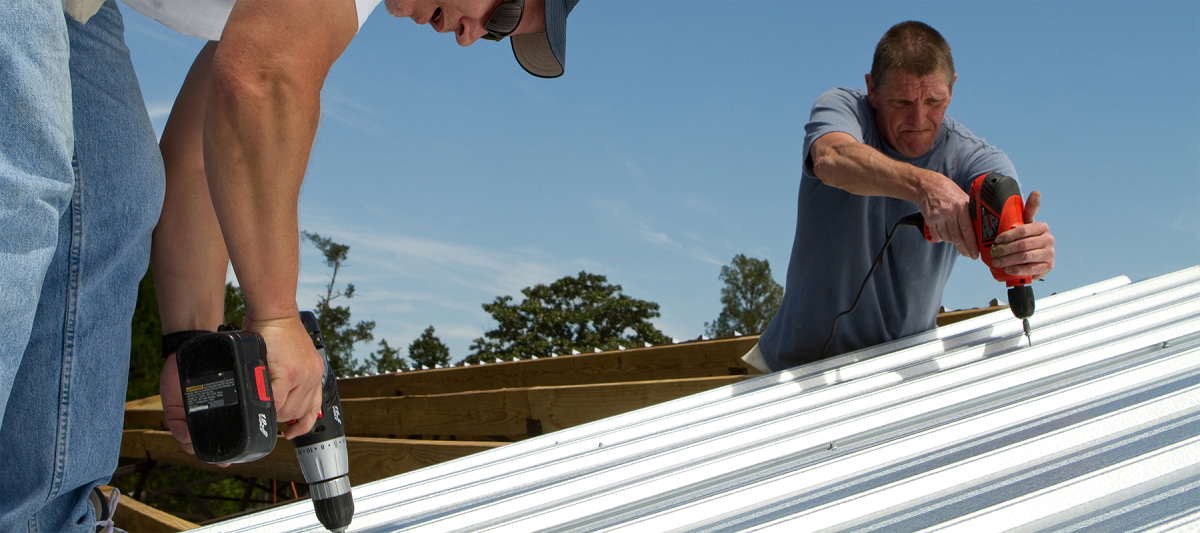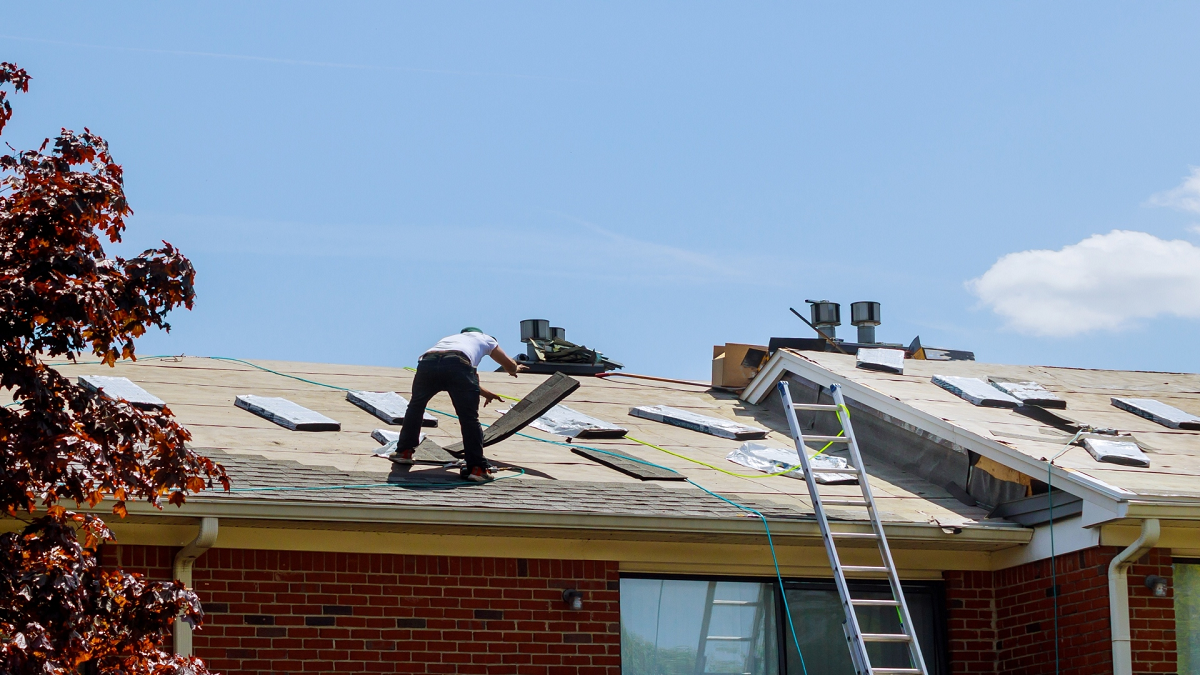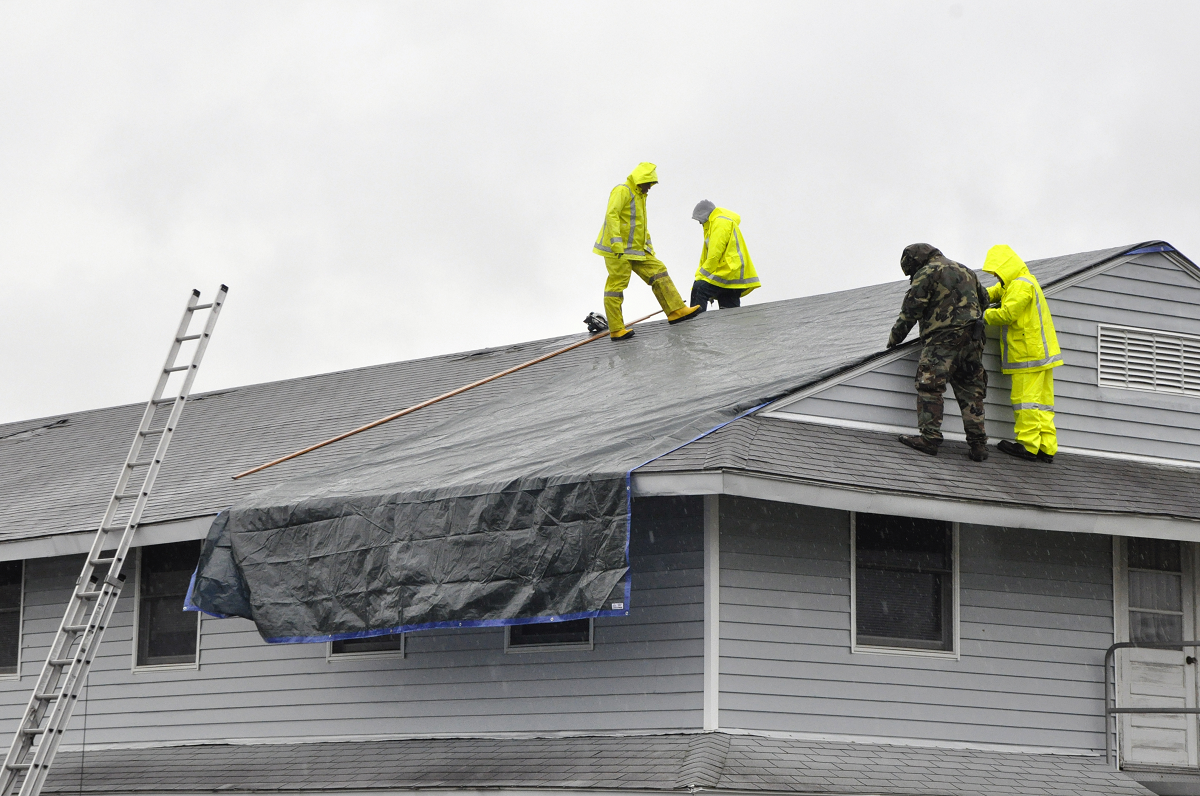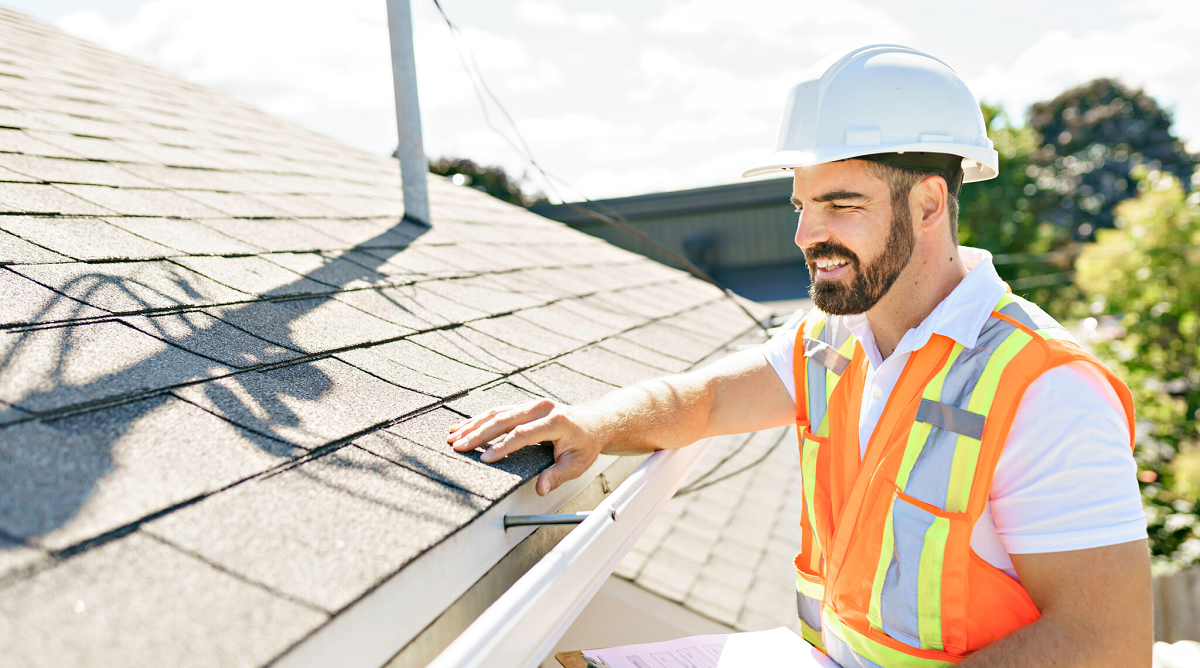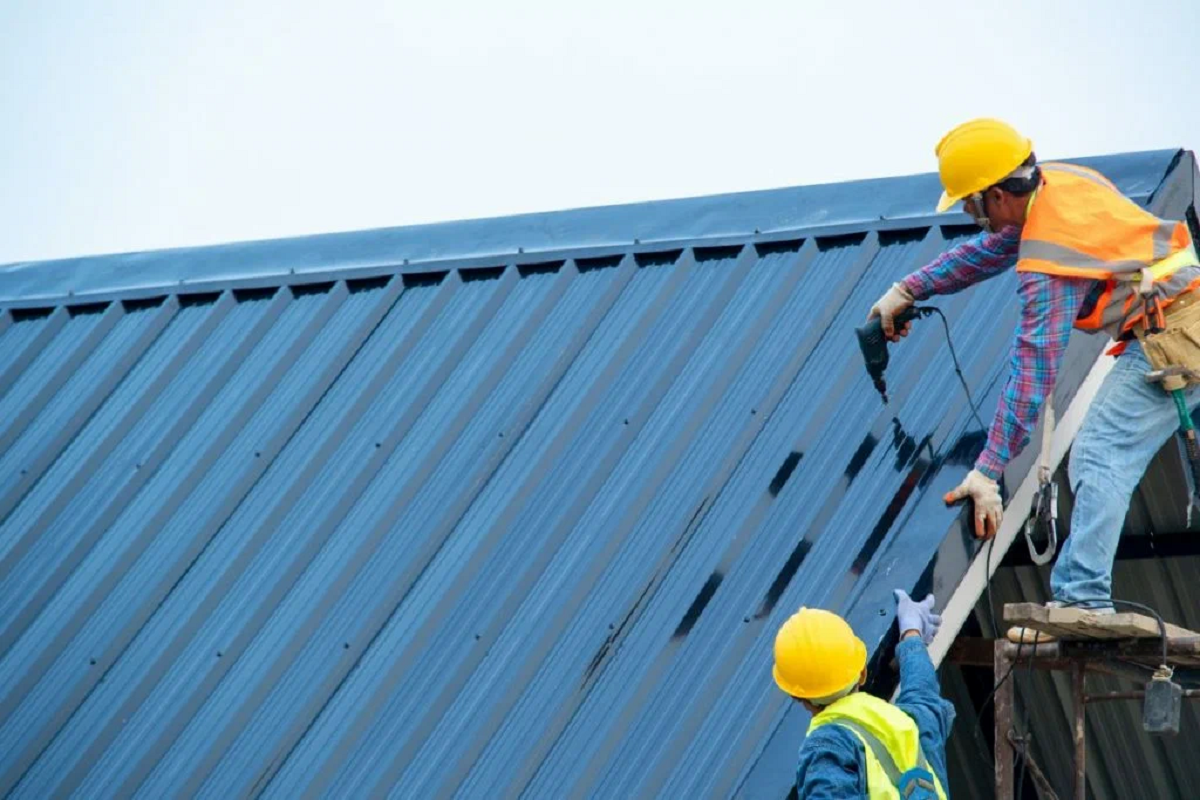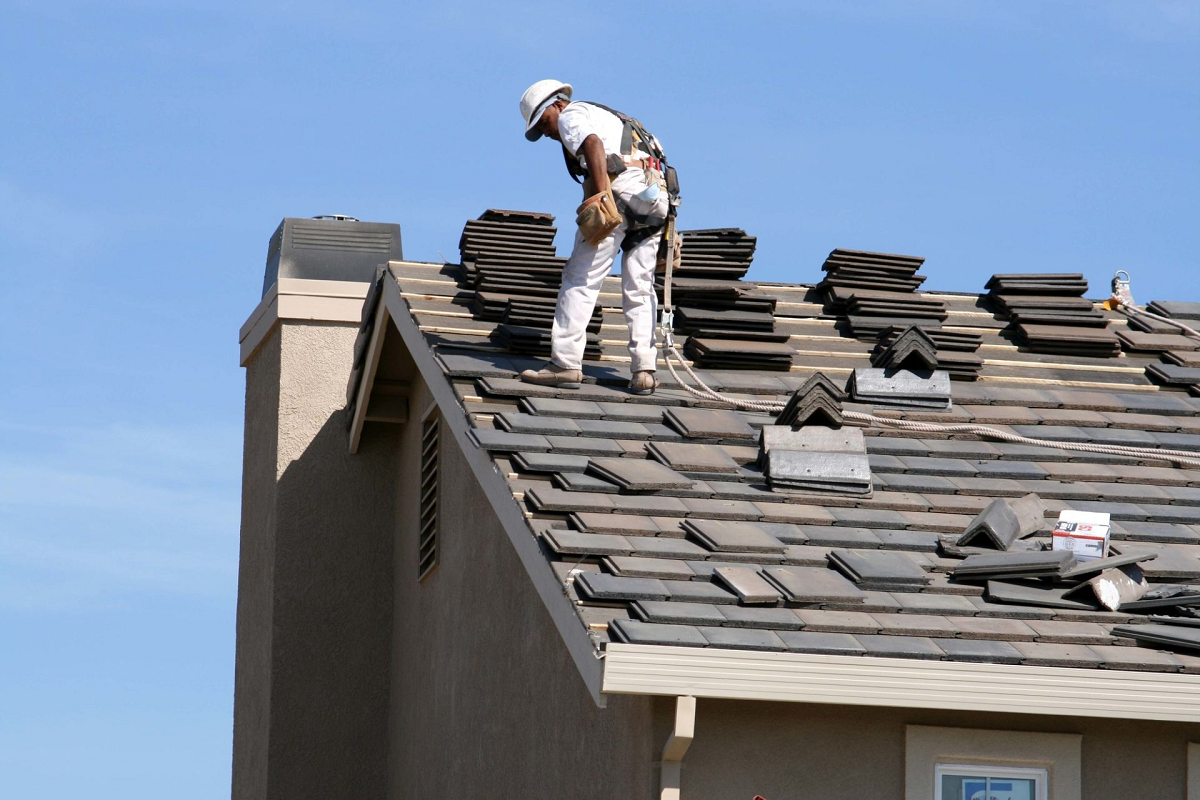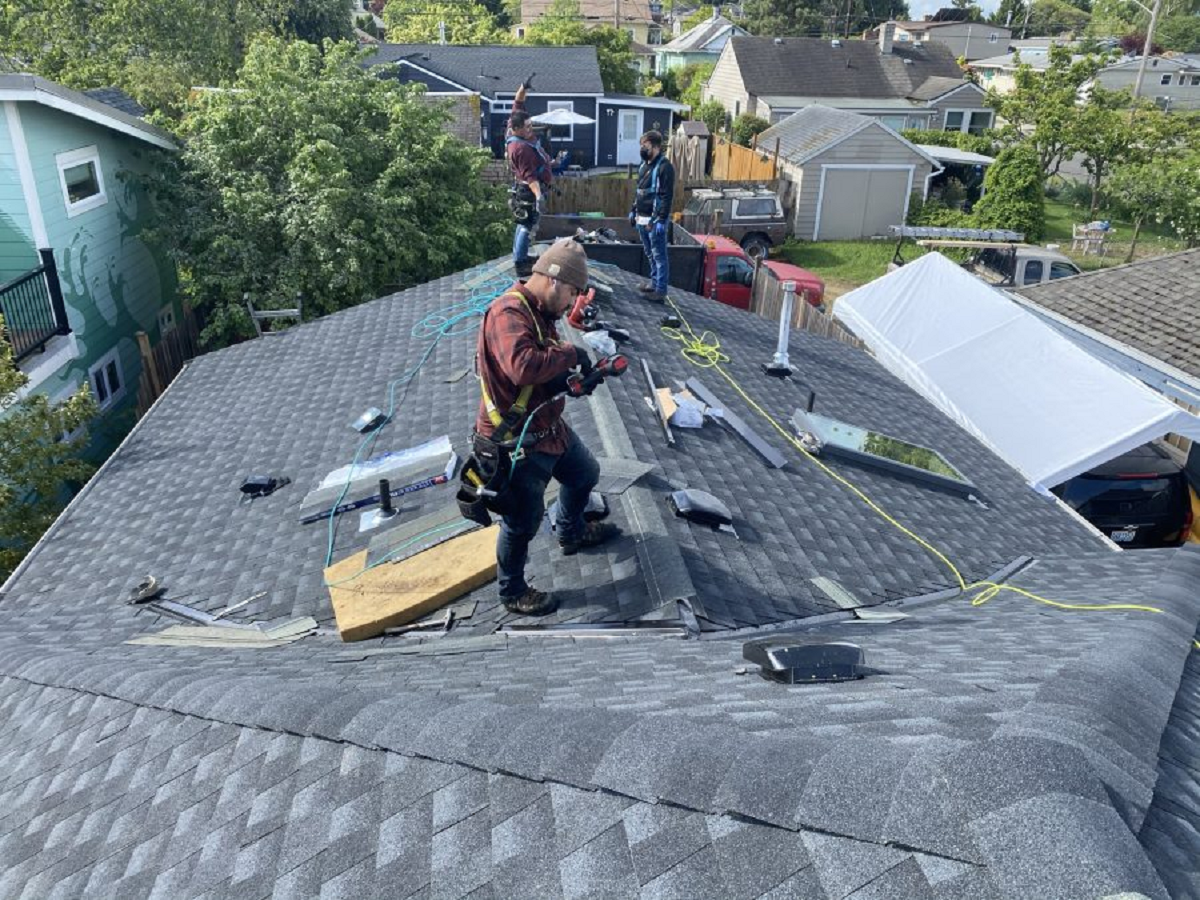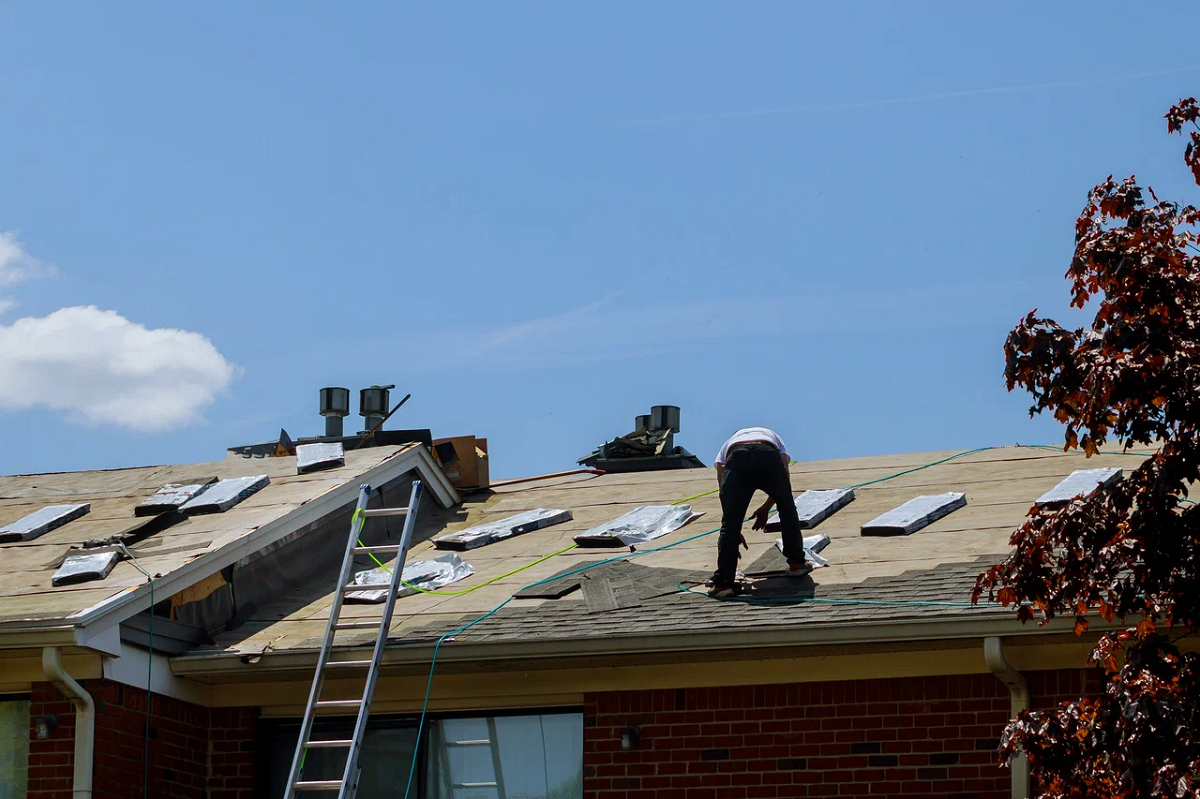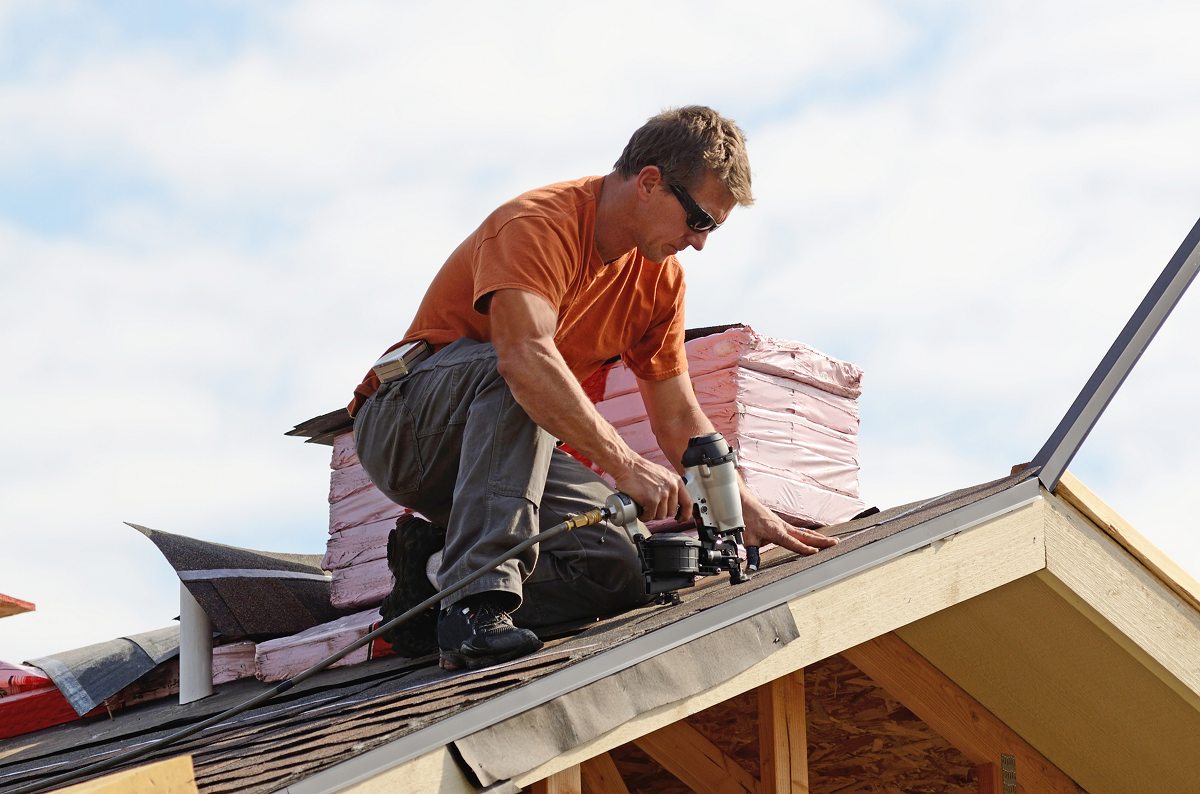Roofing Materials Demystified: A Comprehensive Overview
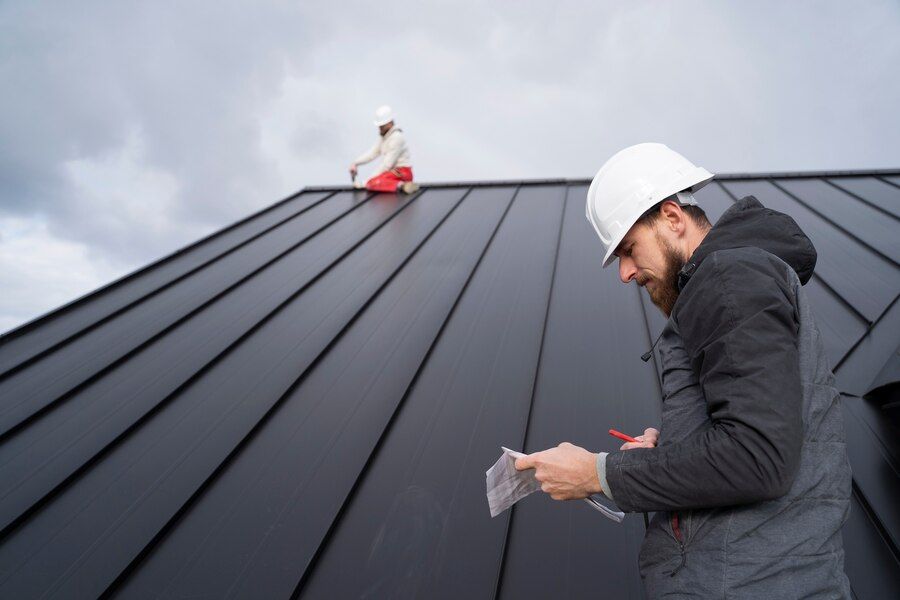
Roofing materials play a pivotal role in the durability, functionality, and aesthetic appeal of every home. Understanding the diverse array of roofing materials available is crucial for any homeowner or builder embarking on a construction or renovation project. From classic choices like asphalt shingles and clay tiles to modern innovations such as metal roofing and synthetic materials, each option offers unique advantages tailored to different climates, architectural styles, and budgetary considerations. The right roofing material can enhance energy efficiency, withstand harsh weather conditions, and complement the overall design of a structure.
In this comprehensive guide, we delve into the intricacies of roofing materials, providing a detailed analysis of their pros and cons. Whether you prioritize longevity, environmental impact, or cost-effectiveness, navigating the myriad options requires informed decision-making. By the end, you'll be equipped with the knowledge needed to choose the ideal roofing material that aligns with your specific needs and preferences, ensuring a resilient and visually appealing roof that stands the test of time.
Introduction to Roofing Materials
Roofing materials are fundamental components of any building, providing protection against weather elements while contributing to its aesthetic appeal. The choice of roofing material varies widely based on factors like climate, architectural style, and budget constraints. Understanding the characteristics and suitability of different materials is crucial for making informed decisions during construction or renovation projects.
Whether opting for traditional choices like asphalt shingles and clay tiles or exploring modern innovations such as solar tiles and green roofs, each material offers distinct advantages and considerations. A thorough understanding of roofing materials empowers homeowners and builders alike to select options that not only enhance the durability and functionality of their roofs but also align with their design preferences and environmental goals.
Traditional Roofing Options
Traditional roofing options encompass a diverse array of materials that have long been trusted for their durability, aesthetic appeal, and reliability in various climates and architectural styles.
- Asphalt Shingles: Widely chosen for their affordability, ease of installation, and versatility in design options.
- Wood Shakes: Known for their natural beauty, insulation properties, and ability to complement rustic and cottage-style homes.
- Clay Tiles: Renowned for their longevity, fire resistance, and distinctive Mediterranean and Spanish Colonial aesthetics.
- Concrete Tiles: Similar to clay tiles but with added durability and design versatility.
- Slate Roofing: Celebrated for its elegant appearance, exceptional longevity, and resistance to fire and weather extremes.
Traditional roofing options provide a rich tapestry of choices that cater to different architectural preferences and practical requirements.
Modern Roofing Innovations
Modern roofing innovations have revolutionized the way we think about roofs, combining advanced technology with sustainable practices to enhance both functionality and environmental impact.
- Solar Tiles: These tiles integrate photovoltaic technology, allowing roofs to generate electricity while maintaining a sleek appearance.
- Cool Roofs: Designed with reflective surfaces, cool roofs reduce heat absorption, lower cooling costs, and mitigate the urban heat island effect.
- Green Roofs: Featuring vegetation, green roofs offer natural insulation, improve air quality, and manage stormwater runoff effectively.
- Metal Roofing: Known for durability and recyclability, modern metal roofs come in various styles and colors, offering long-lasting protection.
- Synthetic Roofing Materials: Engineered to mimic traditional materials like wood or slate, synthetic options offer enhanced durability and weather resistance.
Incorporating these innovations not only improves the performance and lifespan of roofs but also contributes to sustainability efforts and reduces long-term maintenance costs.
Factors to Consider When Choosing Roofing Materials
Choosing the right roofing material involves evaluating factors such as climate, building codes, maintenance needs, and budget. Climate dictates which materials can endure extreme weather like high heat or heavy rain. Local codes enforce safety standards, affecting material choices.
Maintenance requirements vary, impacting long-term costs. Budget covers installation and ongoing expenses, including repairs. Aesthetic preferences and architectural styles influence choices, ensuring the roof complements the building's design. Careful consideration of these aspects empowers homeowners and builders to select roofing materials that balance practicality and visual appeal effectively.
Environmental Impact of Roofing Choices
Choosing the right roofing material goes beyond aesthetics and durability; it also involves considering the environmental impact. The choice of roofing material can significantly affect energy efficiency, resource consumption, and overall environmental footprint.
- Energy Efficiency: Some roofing materials, like metal roofs and cool roofs with reflective surfaces, can reduce heat absorption and lower cooling costs, thus improving energy efficiency.
- Resource Consumption: Materials such as asphalt shingles often require significant energy and resources during manufacturing, impacting their environmental footprint.
- Waste Generation: The lifespan and recyclability of roofing materials affect the amount of waste generated during installation and replacement.
- Environmental Footprint: Consideration of production processes, transportation, and maintenance requirements helps in assessing the overall environmental impact.
- Sustainability: Opting for sustainable roofing options, such as recycled materials or green roofs, can minimize environmental impact and enhance sustainability.
Making environmentally responsible choices in roofing materials can contribute to energy savings, reduce waste, and promote sustainability.
Cost Considerations Across Different Roofing Materials
Roofing material costs vary based on type, installation complexity, and local availability. Asphalt shingles are popular for their affordability and easy installation, making them a budget-friendly choice. On the other hand, durable and visually appealing materials like metal roofing and clay tiles come with higher initial costs.
Installation expenses are influenced by roof complexity, pitch, and accessibility, especially for steep or intricate designs that require more labor. It's essential to consider long-term expenses such as maintenance and potential energy savings from more efficient materials. Evaluating both upfront and lifetime costs helps homeowners choose roofing options that fit their budget while ensuring durability and value over time.
Maintenance Requirements for Various Roofing Types
Maintaining various roofing types is essential for prolonging their lifespan and ensuring optimal performance. Different materials require specific maintenance to withstand weather conditions and preserve their structural integrity.
- Asphalt Shingles: Inspect for cracks and curling regularly.
- Wood Shakes: Treat periodically to prevent mold and rot.
- Metal Roofing: Check for rust and tighten loose fasteners.
- Clay/Concrete Tiles: Replace damaged tiles and reseal as needed.
- General Maintenance: Conduct regular inspections and timely repairs.
Maintaining your roof not only enhances its longevity but also protects your home from potential damages. By following these maintenance tips tailored to your roofing material, you can ensure your roof remains durable and functional for years to come.
Durability and Longevity of Roofing Materials
Roofing materials vary widely in durability and longevity, crucial factors that impact their performance and value over time. Materials such as metal roofing and clay tiles are renowned for their robustness, able to withstand severe weather conditions including high winds, hail, and fire. Asphalt shingles, a popular choice, typically last between 15 to 30 years depending on quality and installation.
Wood shakes offer natural beauty and insulation but require regular maintenance to prevent decay and extend lifespan. Synthetic materials like composite shingles resist weathering and offer superior durability compared to traditional asphalt.
Key factors influencing longevity include material quality, installation methods, and adherence to maintenance schedules. Choosing durable materials and proactive maintenance ensures homeowners maximize their roof's lifespan, providing long-term protection and value for their investment.
Architectural Styles and Roofing Material Selection
Roofing materials are essential for shaping a structure's architectural style and enhancing its curb appeal. Traditional choices like clay tiles are iconic in Mediterranean and Spanish Colonial architecture, adding distinctive profiles and textures that lend historical authenticity. Wood shakes offer a rustic charm, ideal for Craftsman and Cottage-style homes, blending seamlessly with natural surroundings.
Modern architectural trends lean towards materials like metal roofing and flat roofs, characterized by their sleek lines and minimalist appeal, emphasizing geometric forms and energy-efficient designs.
Regional influences also dictate preferences, with slate and tile roofs prevalent in regions with European building traditions. By aligning roofing choices with architectural styles and practical needs, homeowners can create cohesive designs that elevate both the aesthetic and functional aspects of their homes.
Popular Trends in Roofing Materials
Innovations in roofing materials continue to evolve, reflecting a growing emphasis on sustainability, durability, and aesthetic appeal. Modern trends in roofing materials are reshaping the industry, offering homeowners diverse options that blend functionality with style.
- Sustainable Materials: Increasing interest in eco-friendly roofing options such as recycled materials and sustainable composites.
- Solar Roofing: Integration of solar panels into roofing materials to harness renewable energy and reduce utility costs.
- Cool Roofs: Reflective surfaces designed to minimize heat absorption and improve energy efficiency, particularly in urban environments.
- Architectural Shingles: Dimensional profiles that mimic the look of traditional materials with enhanced durability and aesthetic versatility.
- Metal Roofing: Continued popularity due to its longevity, fire resistance, and variety of styles and colors.
As homeowners seek to enhance both the environmental and aesthetic aspects of their homes, these trends in roofing materials offer innovative solutions that cater to diverse needs and preferences.
In navigating the myriad options of roofing materials, from timeless classics to cutting-edge innovations, the key lies in informed decision-making tailored to your specific needs.
Whether you prioritize durability, energy efficiency, or aesthetic harmony with your home’s architecture, choosing the right roofing material is crucial for long-term satisfaction and protection. Consider factors such as climate suitability, maintenance requirements, and budget constraints to make a choice that not only enhances the functionality of your roof but also aligns with your environmental values.
At Avalon Roofing Services, we understand the importance of a well-chosen roof. With our expertise and commitment to quality craftsmanship, we are here to guide you through every step of the process. Whether you’re planning a new installation or contemplating a replacement, our team stands ready to provide personalized advice and professional service.
Contact us today at (209) 380-1275 to schedule a consultation and discover how Avalon Roofing Services can help you achieve a durable, energy-efficient, and aesthetically pleasing roof that enhances the beauty and value of your home. Don’t settle for anything less than excellence when it comes to your roofing needs. Trust Avalon Roofing Services for superior quality and peace of mind.
